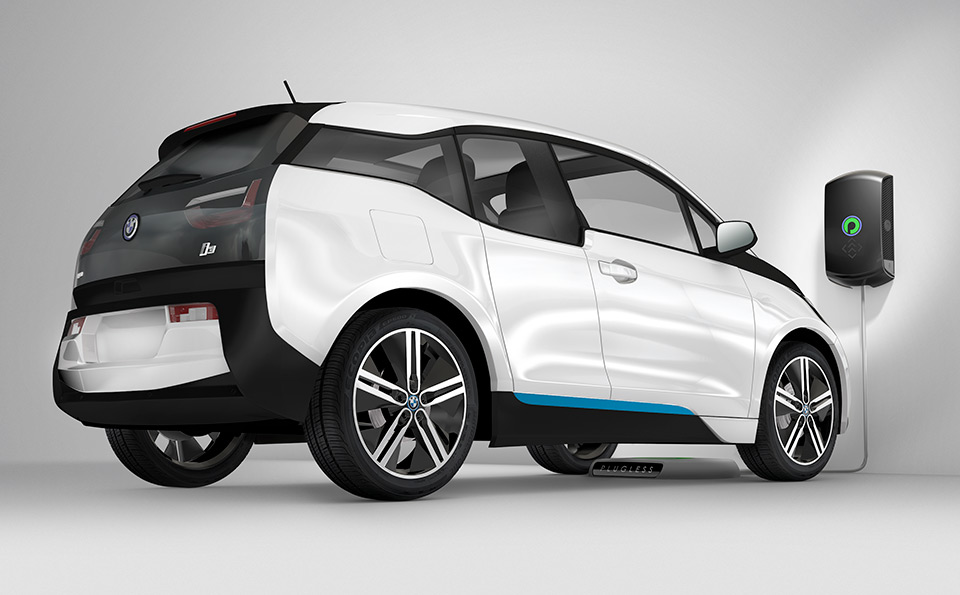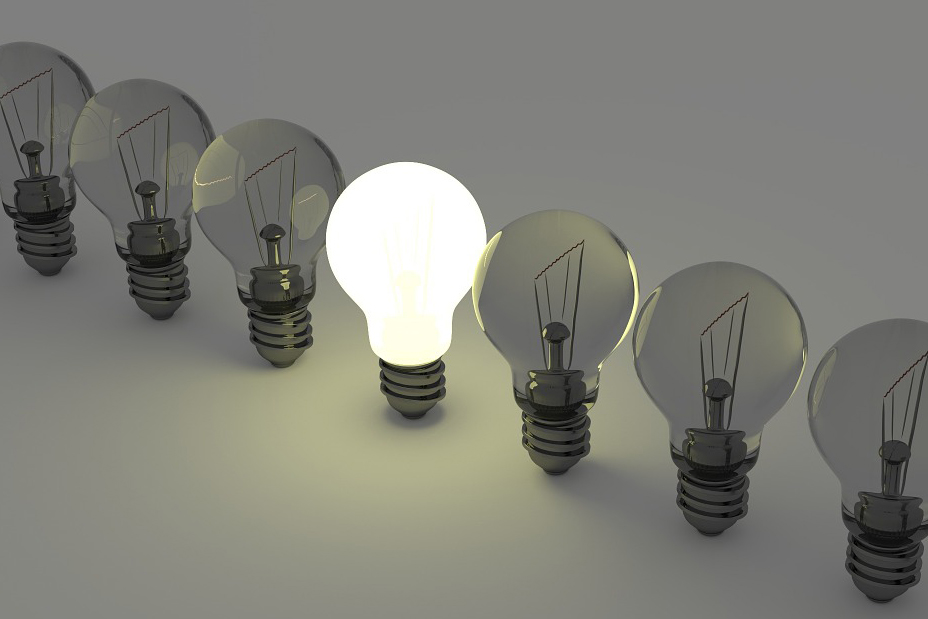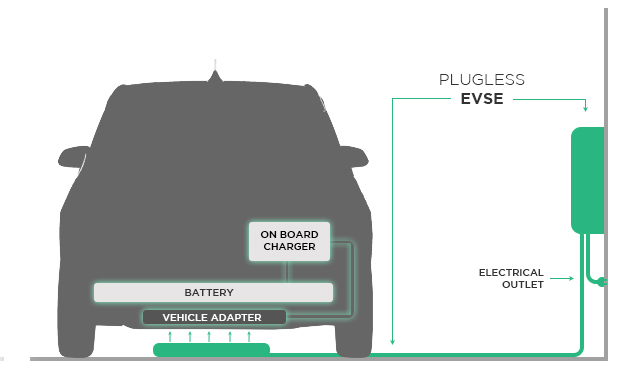6 Programs That Show BMW Is Serious About The i-Life
By Mia Yamauchi
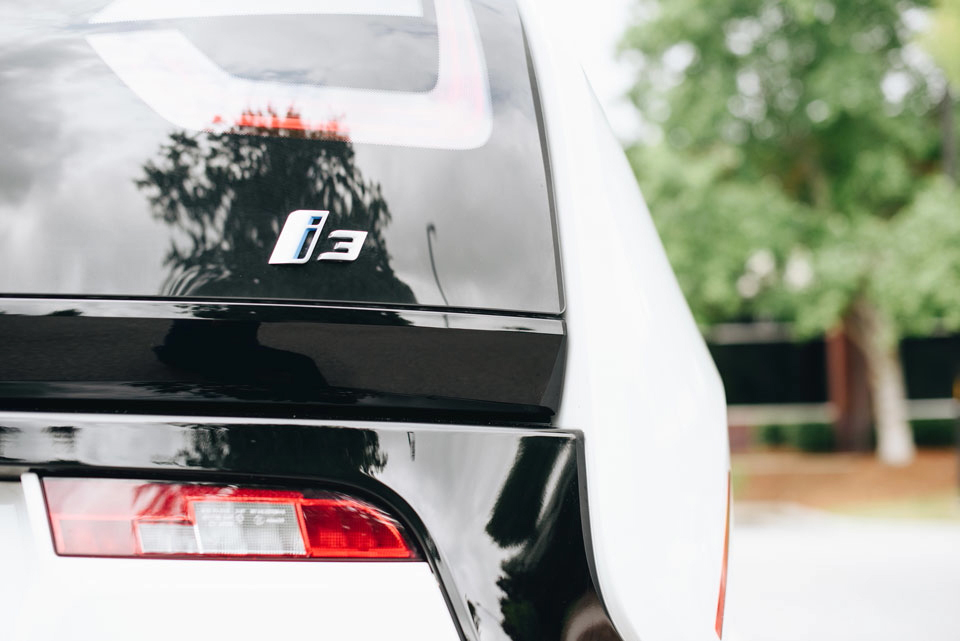
Some major automakers grudgingly produce electric cars to comply with industry regulations. Others throw their full weight behind the transition to clean transportation. BMW is one of the latter. The company has no fewer than six far-reaching electromobility programs. Combined, the programs show a long-term commitment to the ultimate electric driving experience.
1. How BMW Is Turning the i3 Into a Luxury Building Amenity

If you live in a high-end condo you may soon have access to an iBMW as an amenity. BMW’s ReachNow program is the German automaker’s latest iteration of electric car sharing. Originally a Stix joint venture branded “DriveNow,” ReachNow brings the mobility program fully in-house.
The first two buildings to get shared BMWs as amenities were luxury high-rises in New York City. Four BMW i3s and two BMW 3-series are available exclusively for residents. Insurance, charging and other costs are all included. BMW even paid for Level 2 and DC fast chargers inside the buildings’ parking garages. Users pay only for the miles they use without any monthly membership required.
Building residents made over 100 reservations for the vehicles in just the first week. One resident even said the ridesharing program had him considering selling his car.
There’s no denying that personal transportation is shifting from individual ownership to mobility-as-a-service. BMW’s efforts help electrify that shift for a cleaner future.
Hopefully these initial trials in high end markets go well. Then maybe we’ll see electric ride sharing programs at more multi unit dwellings.
2. A Free Fast-Charging Network Makes It Easier for BMW Drivers to Go Electric in the US
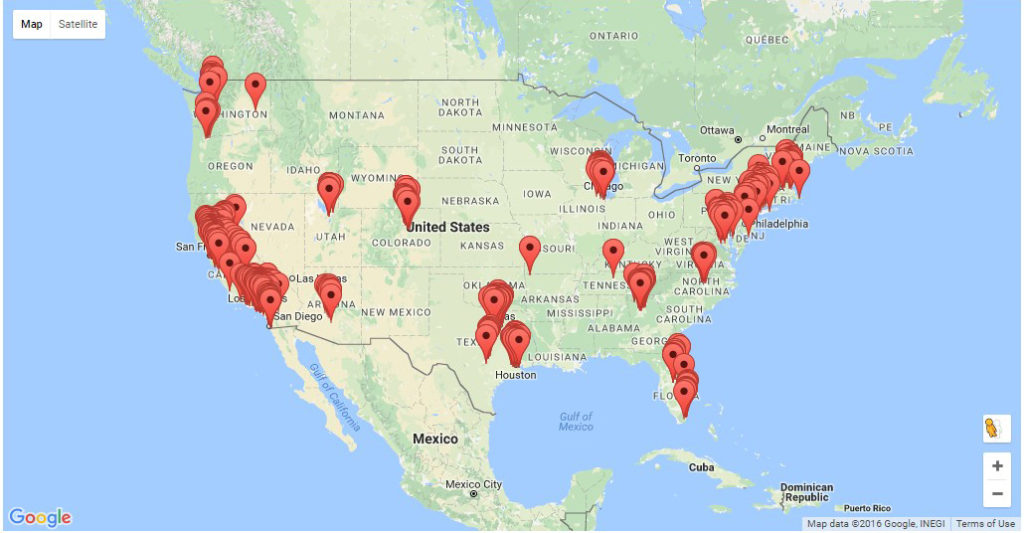
EV drivers charge at home or work most of the time. That’s ideal for commuting, but for longer trips they’ll need fast-charging infrastructure. BMW’s ChargeNow partnership with the EvGo network makes DC fast-charging easy and free. ChargeNow provides two years of free DC fast-charging sessions to new BMW i owners and lessees.
ChargeNow is available in 25 top markets across the US. Leveraging existing fast-charging infrastructure is a smart move. It gives millions of potential customers a plug-and-play fast-charging network.
Free fast-charging could give more EV shoppers the confidence to go electric.
3. How Intelligent Charge Management Lets Your iBMW Save Money and Help the Grid
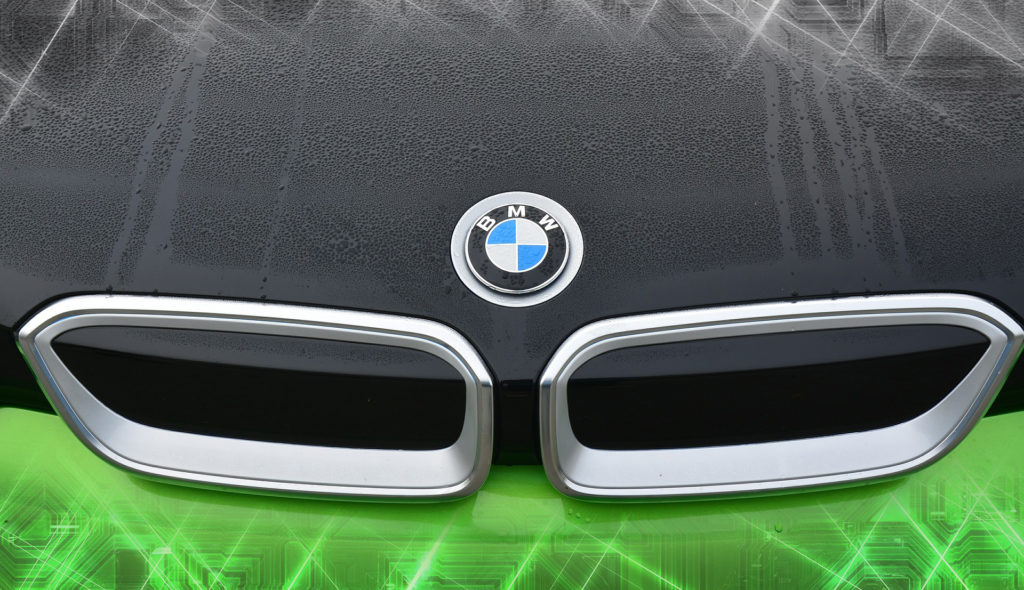
With EV charging timing is everything. Many customers live in markets with energy prices that fluctuate by time of day and want to charge when rates are low. EV owners with solar prefer to charge when the sun happens to be shining on their panels. BMW’s Digital Charging Service optimizes both of those situations in Germany and the Netherlands. Broader international support is in the works.
The Digital Charging Service lets BMW i drivers choose their preferred grid energy rate. The service allows the car to communicate and cooperate with the grid. It then uses electricity only when rates are at or below the chosen tariff. It’s a great tool for customers to save money.
Digital charge management can also help the grid go green. One problem with adding renewables to the grid is the variability of electricity supply. The sun doesn’t always shine and the wind does not always blow. Ideally, smart batteries could buffer energy use to maintain a stable, efficient grid. BMW’s Digital Charging Service makes this a reality now. It could become a significant part of the renewable grid solution in the future.
4. BMW & Friends Building 400 High Powered Charging Stations in Europe
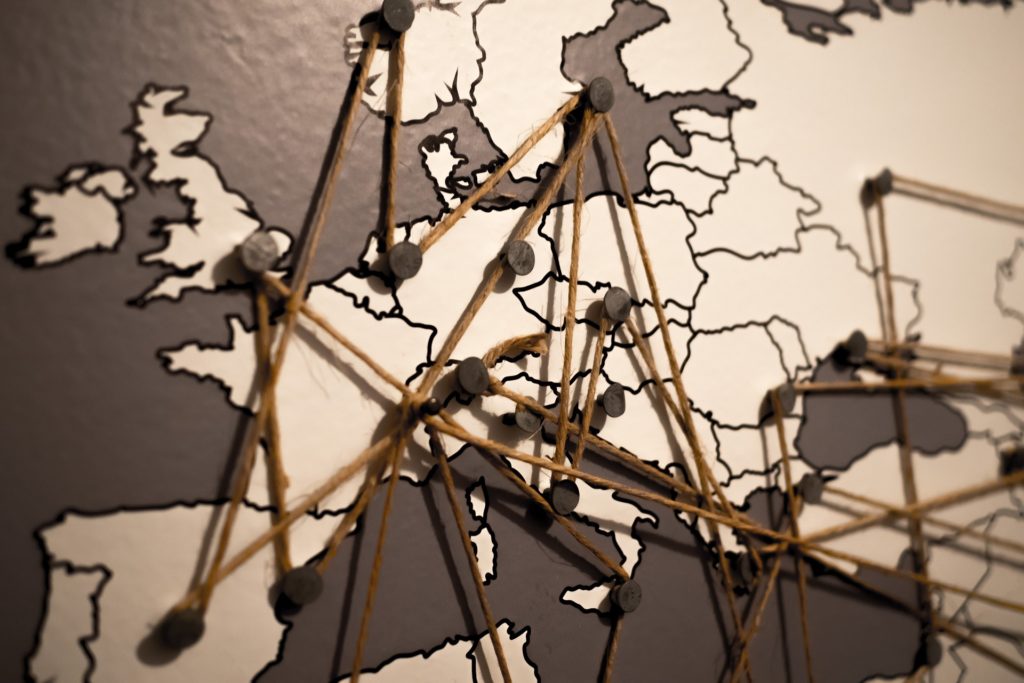
BMW is partnering with Daimler, Ford and Volkswagen to launch a European fast charging network. The group plans to build 400 charging stations with thousands of chargers. And fast. They aim to complete the system in just three years starting soon.
The partnership with EVgo can help boost consumer confidence in EVs in the US. The European fast-charge network can do the same in the old world.
Charge power of up to 350 kW could be available. That means the stations will be provide ultra fast battery “fill-ups.” If the BMW i3 could accept charger power that high, it could charge up to 80% full in under five minutes. Of course, the 2017 model can’t quite take that level of power.
The advanced capability shows that the coalition is taking a farsighted approach. They’re planning to support EVs that haven’t even been built yet. The high speed charging capacity future proofs their European fast-charge networks. It could mean that one day recharging will be competitive with liquid refueling.
5. How Green Energy Programs Deliver the Green Dream
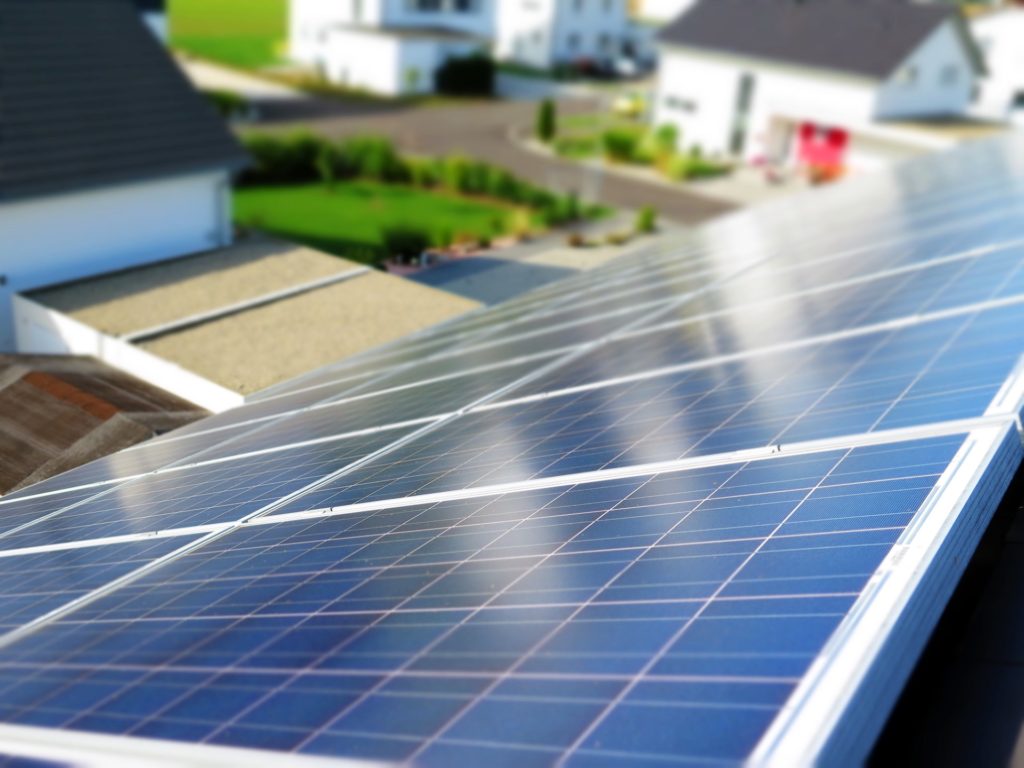
Electric motors and drive trains are inherently more efficient than internal combustion vehicles. Electric motors powered by renewable energy are double-green. Driving an electric car can also significantly reduce the payback time for clean energy.
BMW clearly sees this whole picture. They have green energy partnerships to enhance “your completely emission-free driving pleasure.”
Wireless Charging For BMW i3.
In Germany BMW partners with SolarWatt to help i3 owners drive on sunshine. Stateside, BMW i program embraces competition to help drivers achieve sustainability. They’re partnering with competitor-owned SolarCity to help i-drivers go green. BMW i and iPerformance drivers get a $1,000 discount on their SolarCity installation.
The average US driver could save over 13,000 pounds of greenhouse gas emissions every year. And that’s not even counting BMW’s reduced manufacturing emissions.
6. BMW i-Production Fueled by 100% Renewable Energy
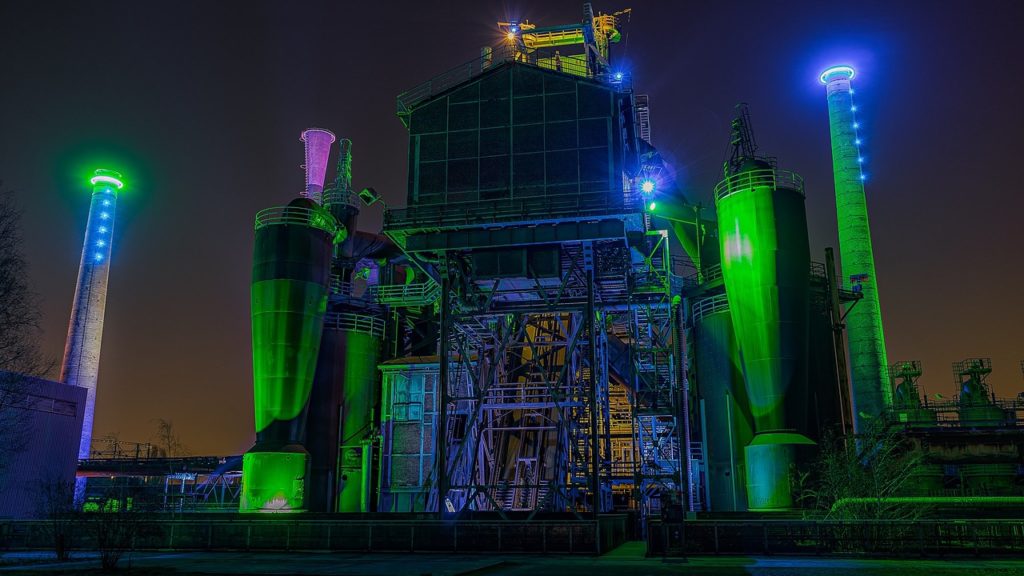
Carbon savings get even more impressive at the production level. The production of the BMW i3 consumes 50% less energy than the production of the average BMW.
The energy they do use to produce the i fleet is cleaner because it’s from renewable resources. BMW’s main plant for i automobiles runs on wind turbines. The Washington state carbon fiber plant operates on 100% local hydropower. 95% of all materials used to produce the vehicle are recyclable. BMW’s sustainable i fleet embodies the form and the spirit of the electric revolution.
Why Plugless Supports BMW i3 for Hands Free Charging
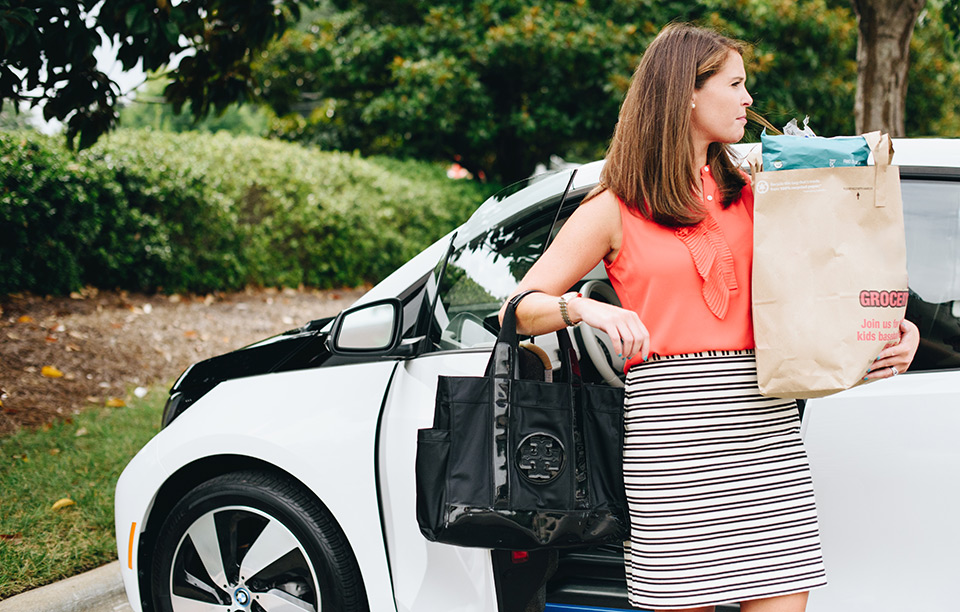
As an independent third party, Plugless gets to select each EV we support. The success of the car in the market and the OEM’s enthusiasm for a given vehicle are important factors. BMW’s visionary commitment to e-mobility is part of why Plugless chose the i3 as the latest model to support with wireless charging. Both the i3 and Plugless embody innovative, premium products.
BMW i3 owners have confidence in a vehicle backed by 100 years of engineering excellence. Plugless provides even more peace of mind for electrified BMW drivers. i3 drivers can forget about Plugless’ automated charging and still wake up to a full charge. Together, the BMW i3 and Plugless maximize the enjoyment of the electric vehicle ownership experience.

